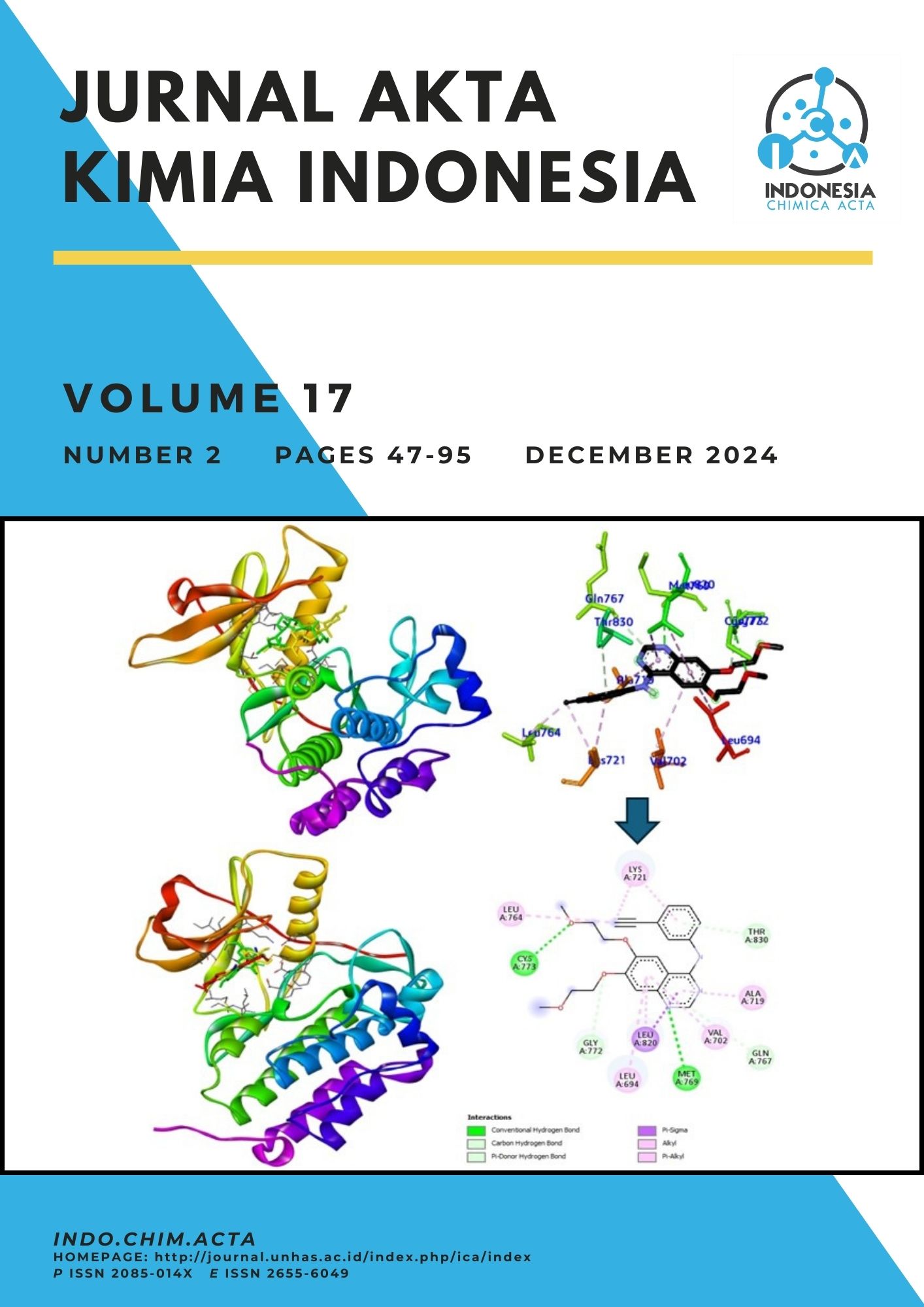Development of a Multi-epitope Vaccine against Mycobacterium tuberculosis DNA Protein B: An Immunoinformatics-Driven Strategy
Abstract
Vaccination is a primary strategy in the prevention of tuberculosis (TB), a serious infectious disease caused by Mycobacterium tuberculosis. This study aims to design a novel multiepitope vaccine using the DNA B protein from M. tuberculosis through immunoinformatics and molecular dynamics approaches. The design process begins with the identification of potential epitopes from the DNA B protein using various bioinformatics tools to predict both B and T cell epitopes based on their immunogenic properties. After epitope identification, the selected epitopes are combined into a multiepitope vaccine construct to enhance a broad and specific immune response. The three-dimensional structural model of the vaccine construct is predicted and validated using molecular modeling techniques. Molecular dynamics simulations are performed to evaluate the stability and interactions between the multiepitope vaccine and the immune system, providing insights into the expected immune response. Simulation analysis indicates that the vaccine construct is stable and capable of eliciting a strong immune response. In silico testing was conducted to predict the vaccine's affinity for Major Histocompatibility Complex (MHC) receptors and its ability to induce T and B cell immune responses. The results of this analysis demonstrate that the designed multiepitope vaccine has high potential to trigger an effective immune response against Mycobacterium tuberculosis. This study provides a solid foundation for further development and evaluation of the vaccine in in vivo studies to determine its clinical safety and efficacy
Authors
Copyright (c) 2024 Asep Iin Nur Indra

This work is licensed under a Creative Commons Attribution-ShareAlike 4.0 International License.
This is an open access journal which means that all contents is freely available without charge to the user or his/her institution. Users are allowed to read, download, copy, distribute, print, search, or link to the full texts of the articles in this journal without asking prior permission from the publisher or the author.
Jurnal Akta Kimia Indonesia (Indonesia Chimica Acta) operates a CC BY-SA 4.0 © license for journal papers. Copyright remains with the author, but Jurnal Akta Kimia Indonesia (Indonesia Chimica Acta) is licensed to publish the paper, and the author agrees to make the article available with the CC BY-SA 4.0 license. Reproduction as another journal article in whole or in part would be plagiarism. Jurnal Akta Kimia Indonesia (Indonesia Chimica Acta) reserves all rights except those granted in this copyright notice.

